«عين الحنش» مهد أولى السلالات البشرية Historical traces in Algeria
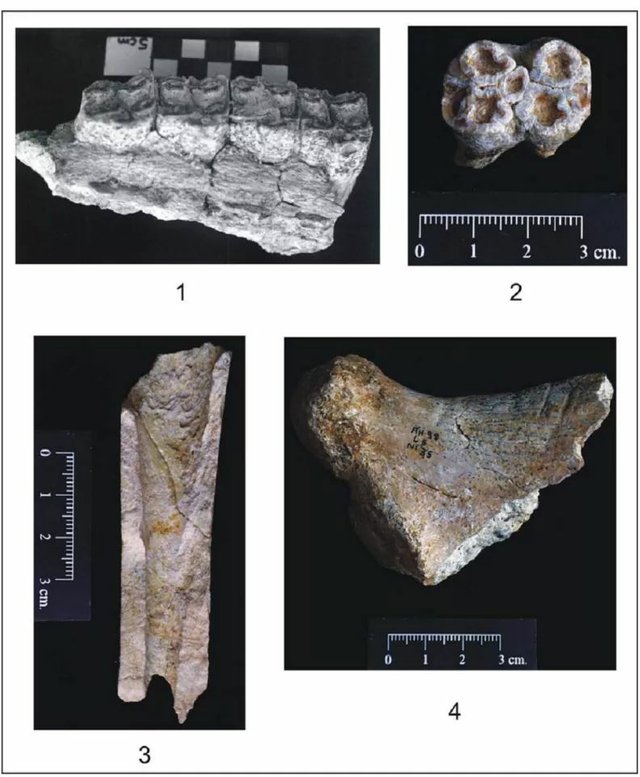
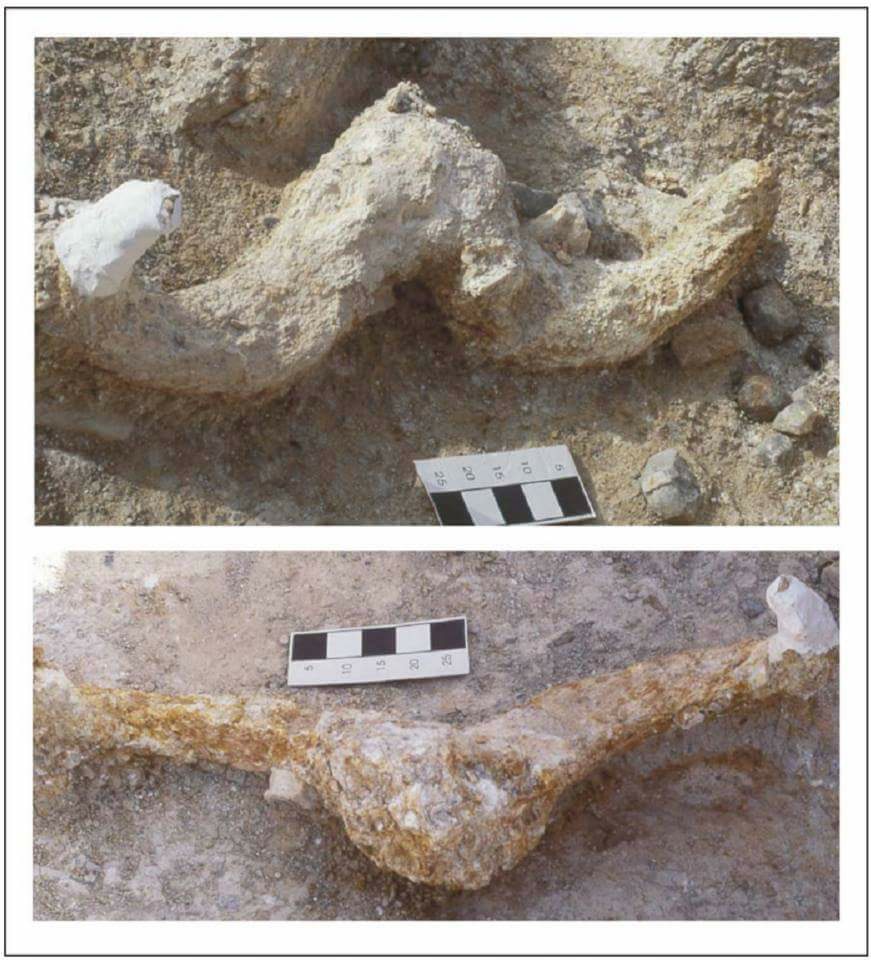
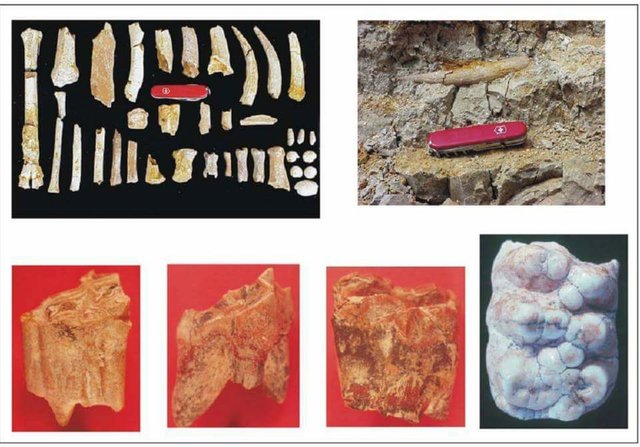 الجزائر ولايه; سطيف Algeria _ ; Setif
الجزائر ولايه; سطيف Algeria _ ; Setif
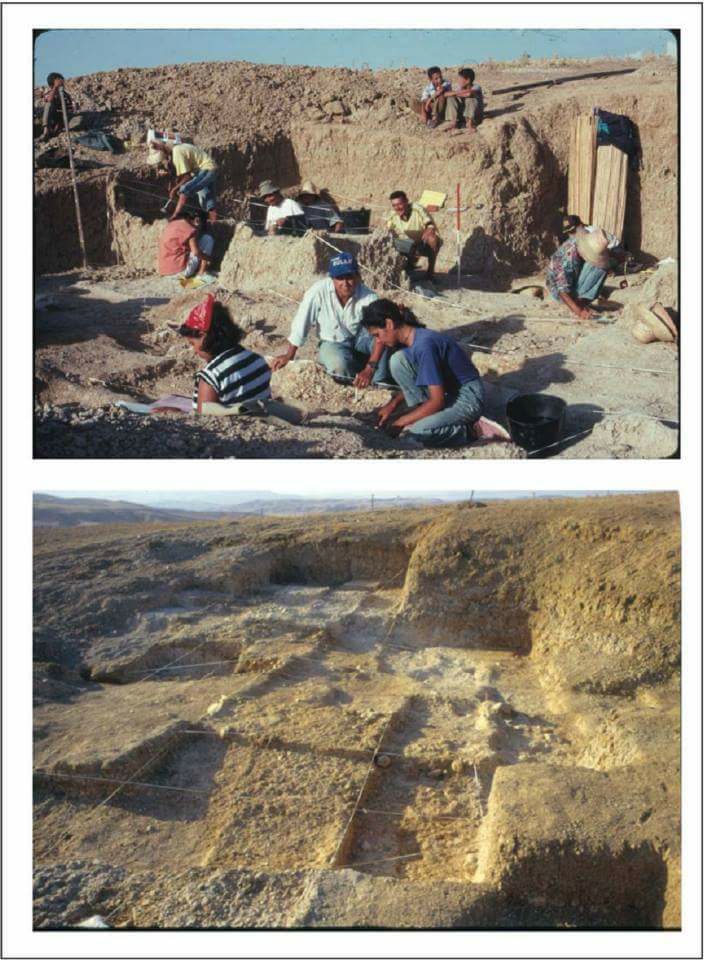
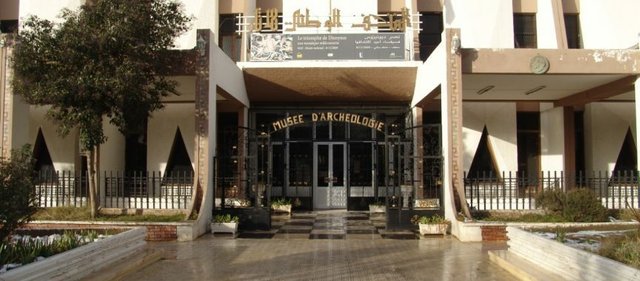
الإنسان عاش قبل 1٫8 مليون سنة شرقي الجزائر
لا تتوقف أعمال البحث والحفر في منطقة «عين الحنش»، بولاية سطيف شرق الجزائر بحثاً عن مزيد من الأدوات التي تثبت وجود الإنسان في تلك المنطقة قبل 1.8 مليون سنة، وقد عثر الخبراء على أدوات استخدمها الإنسان البدائي في ذلك الزمان، ويجري البحث عن تفاصيل تبين طريقة عيشه، وما إذا كان الأمر يتعلق بوجود مستقر، أم مجرد عبور.
Man lived 1.8 million years ago east of Algeria
Research and excavation work in the Ain al-Hanash area, in the state of Setif, east of Algeria, does not stop in search of more tools proving human existence in that region 1.8 million years ago. The experts found tools used by primitive humans at that time. How he lived, whether it was a stable existence, or just a transit.
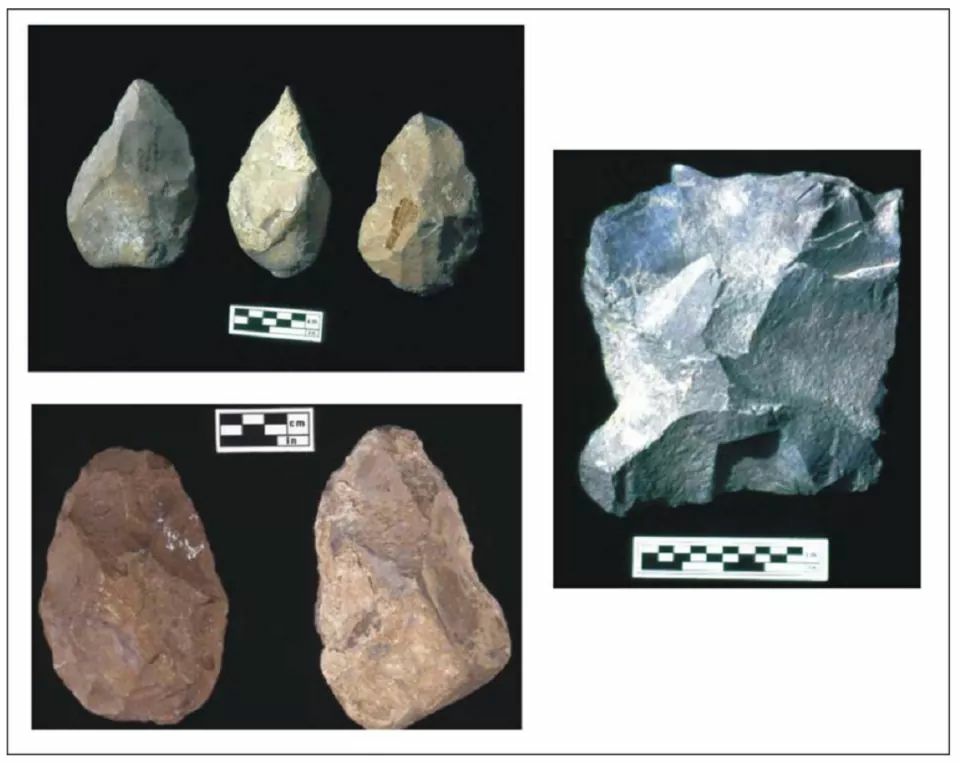
اكتشف الموقع عام 1947 من قبل العالم السويسري «كميل آرمبورج»، الذي قام بالبحث مع فريق من الخبراء المهتمين بعلم الآثار في المكان، فعثر على عظام لكبريات الفقريات، مثل الزرافة ووحيد القرن والفيل وفرس النهر، وقدِّر عمر هذه الآثار وقتها بما بين 700 ألف إلى مليون سنة، وهذه الحقبة تسمى أركيولوجياً «الحقبة الأشولية»، وهي الفترة ذاتها التي تنتمي لها البقايا المستخرجة من منطقة «تيغنيف» غرب الجزائر، أو «تيرنيفين»، كما سمي الموقع علمياً.
The site was discovered in 1947 by the Swiss scientist Camille Armorborg, who searched with a team of experts interested in archeology at the site. He found bone bones of major vertebrates such as giraffes, rhinoceros, elephants and hippopotamus. This period is called the archeology of the "Assyrian period," the same period as the remains from the Tignav region of western Algeria or Ternivin, as the site was called scientifically.
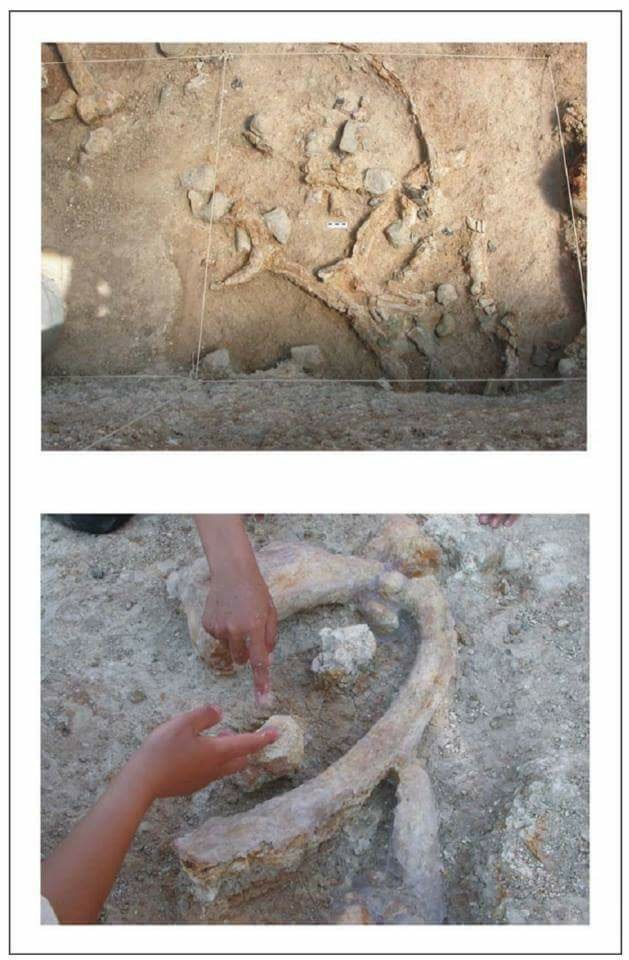
لكن البحوث المتعاقبة، وأهمها التي قادها د.محمد سحنوني، البروفيسور والباحث الجزائري في جامعة «بوبونغتون»، بولاية «أنديانا» الأمريكية، منذ بداية 1992، أثبتت أن الإنسان القديم عاش في هذه المنطقة قبل ذلك بكثير.
But successive research, most notably led by Dr. Mohamed Sahnouni, a professor and researcher at the University of Bobongton University, Indiana, USA, since the beginning of 1992, proved that the ancient man lived in this region much earlier.
فقد عثر الفريق في 2006 على أدوات استخدمها الإنسان البدائي، لتوفير حاجاته الغذائية، تمثلت في أسلحة حجرية، وأخرى مصنوعة من عظام الحيوانات، تنتمي لفترات تاريخية مختلفة، وهو ما يعطي الانطباع بأن الإنسان البدائي، استمر على هذه الأرض لفترة طويلة، أي أنه كان مستقراً.
وجاء في تقرير صدر عن البعثة العلمية في ذلك العام أن «إنسان عين الحنش»، كما سمي، هو أولى السلالات البشرية المعروفة، التي استوطنت شمال إفريقيا، وتوازي في أهميتها آثار الإنسان القديم، بشرق إفريقيا. وقدّر معدو التقرير، عمر آثار الإنسان المكتشفة بأكثر من 1.8 مليون سنة.
In 2006, the team found tools used by primitive humans to provide food, consisting of stone weapons and other bones made of animals, belonging to different historical periods, giving the impression that primitive man had continued on this land for a long time, that is, he was stable .
According to a report issued by the scientific mission of that year, the 'Ain al-Hanash man,' as he called it, is the first known human species, which settled in North Africa, and is equally important in ancient Africa. The authors of the report estimated the age of human finds discovered by more than 1.8 million years.
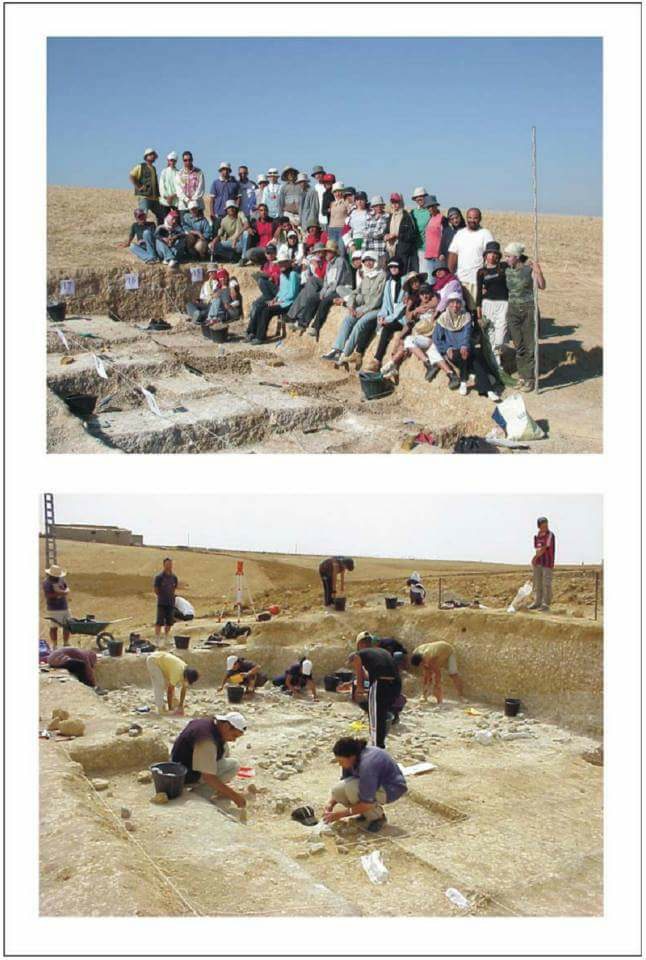
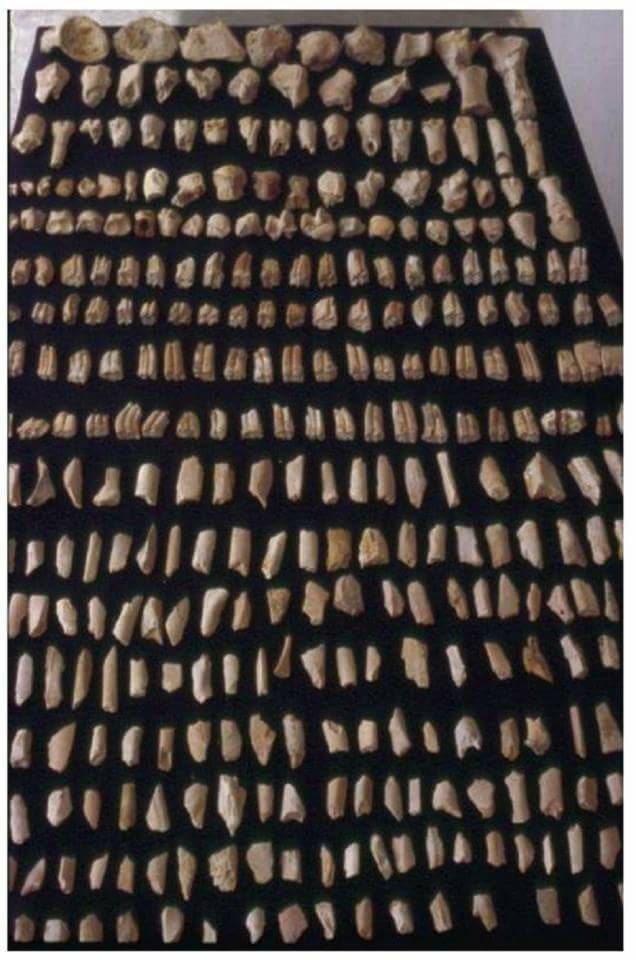
وقال الباحث الجزائري إن العمل الذي قام به مكتشف الموقع، قبل نحو 70 عاماً، ركز على البقايا التي وجدها من عظام الحيوانات وعمرها التقريبي، لكن البحوث منذ عام 1992 تركزت حول وجود الإنسان وسلوكه وطريقة عيشه. وأضاف: لم نتوصل حتى الآن إلى العثور على عظام بشرية بعمر الأدوات التي استخدمها، لكن نبحث من خلال تحليل ما نكتشف من أشياء مادية، عن امتداد وجود الإنسان في الزمان والمكان، وكيف كان يعيش، وهل كان من آكلي اللحوم أم الثمار.
The researcher said that the work done by the site's explorer, about 70 years ago, focused on the remains of animal bones and their approximate age, but research since 1992 focused on the existence of man and his behavior and way of life. He added: We have not yet found human bones the age of the tools he used, but we look through the analysis of what we discover material things, the extension of human existence in time and place, and how he lived, and was a meat eater or fruit.
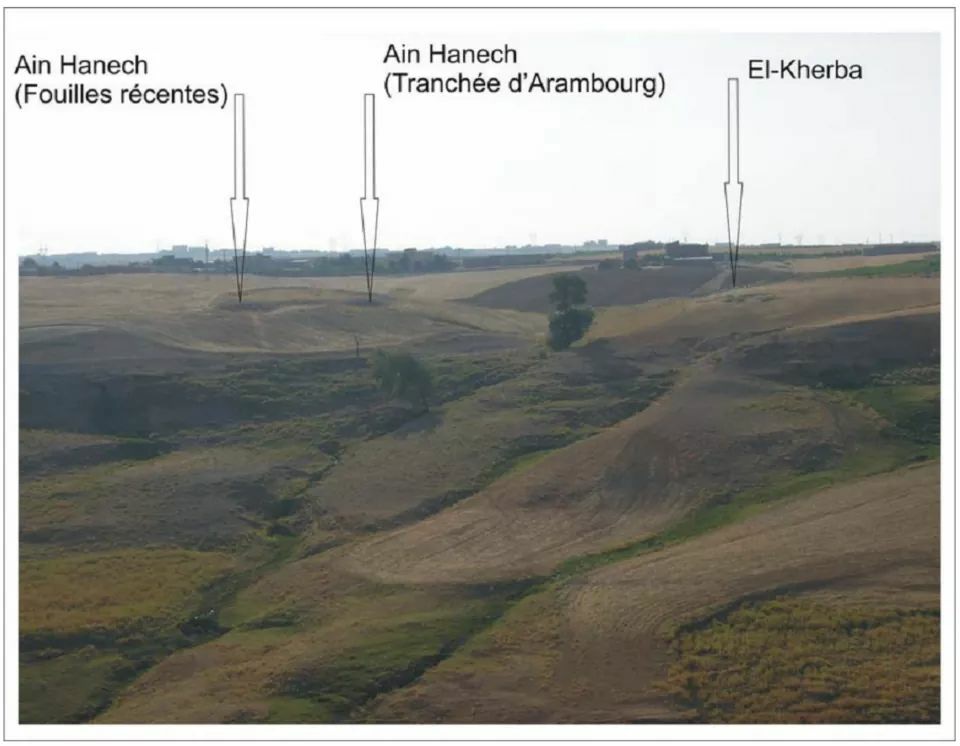
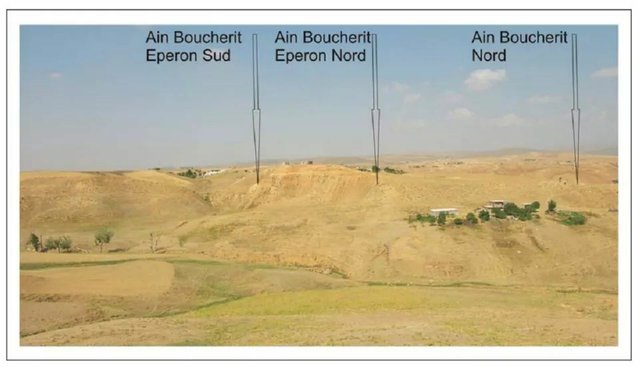
يعطيك الصحة على المعلومات المفيدة @sarah00